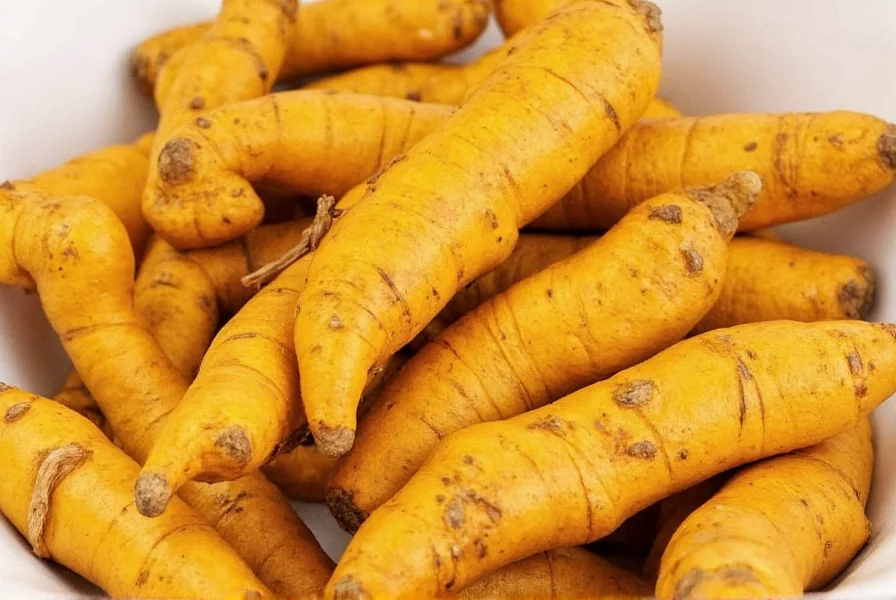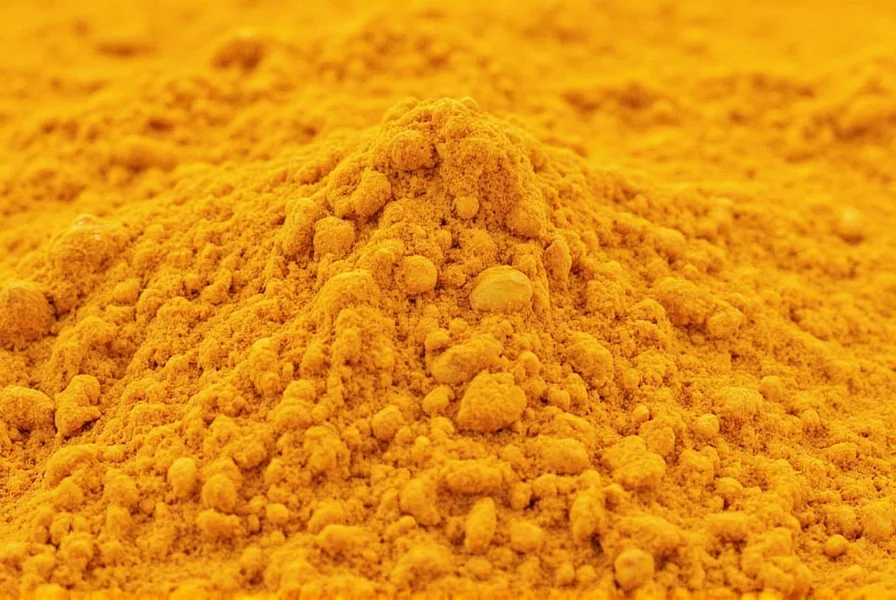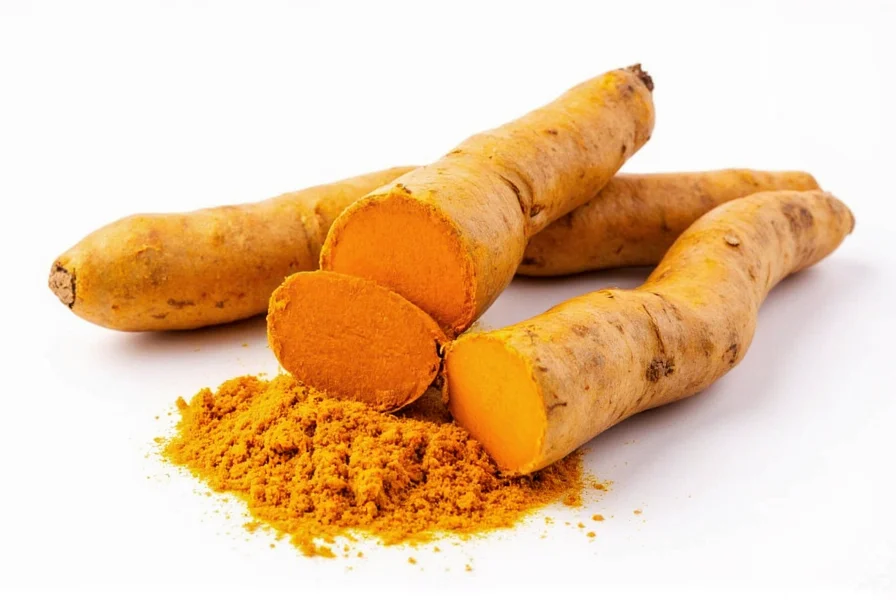Lakadong turmeric represents one of the most potent natural sources of curcumin available today. This distinctive variety grows in the mineral-rich soil of Meghalaya at elevations between 1,000-1,500 meters, creating ideal conditions for maximum curcumin development. The unique geographical indications of this region contribute to Lakadong's exceptional quality, making it highly sought after by health practitioners and culinary experts worldwide.
Origin and Traditional Significance
The Lakadong variety takes its name from the Lakadong village in Meghalaya's West Jaintia Hills district. For centuries, the indigenous Khasi tribes have cultivated this turmeric using traditional organic methods passed down through generations. Unlike commercial turmeric farming, Lakadong cultivation maintains biodiversity by growing the plants alongside other native crops in small-scale farms.
What sets Lakadong turmeric farming apart is the complete absence of chemical fertilizers and pesticides. Farmers rely on natural composting techniques and crop rotation to maintain soil health. This traditional approach preserves the delicate ecosystem while producing turmeric with unmatched purity and potency.

Scientific Analysis of Curcumin Content
Multiple laboratory analyses confirm Lakadong turmeric's exceptional curcumin concentration. While most commercial turmeric contains 2-3% curcumin, Lakadong consistently tests between 7-9%. This significant difference translates to substantially greater health benefits when consumed.
| Turmeric Variety | Average Curcumin Content | Color Rating (ASTA) | Traditional Growing Region |
|---|---|---|---|
| Lakadong | 7-9% | 140-160 | Meghalaya, India |
| Alleppey | 3-4% | 90-110 | Kerala, India |
| Erode | 2-3% | 70-90 | Tamil Nadu, India |
| Madagascar | 3-4% | 80-100 | Madagascar |
The higher curcumin content directly correlates with Lakadong's vibrant golden-yellow color. The American Spice Trade Association (ASTA) color rating for Lakadong typically ranges from 140-160, significantly higher than the 70-110 range for most commercial varieties. This intense color indicates greater concentration of beneficial compounds.
Health Benefits Supported by Research
Curcumin, the primary active compound in turmeric, demonstrates powerful anti-inflammatory and antioxidant properties. Studies show that higher curcumin concentrations like those found in Lakadong turmeric provide more substantial health benefits:
- Enhanced anti-inflammatory effects that may help manage arthritis and joint pain
- Superior antioxidant capacity that combats cellular damage
- Improved cognitive function and potential neuroprotective effects
- Stronger support for cardiovascular health markers
- Greater potential for managing blood sugar levels
Research published in the Journal of Medicinal Food found that turmeric varieties with higher curcumin content demonstrated significantly greater bioavailability when consumed with black pepper. This makes Lakadong particularly effective when prepared using traditional methods that include complementary ingredients.
Authenticity Verification and Quality Assessment
Due to Lakadong turmeric's premium status, verifying authenticity has become increasingly important. Consumers should look for these indicators of genuine Lakadong:
- Geographical indication certification from the Government of India
- ASTA color rating above 130
- Third-party laboratory test results showing 7%+ curcumin content
- Distinctive deep golden color (not orange or yellow-orange)
- Earthy, slightly peppery aroma without chemical odors
When evaluating potential sources of lakadong turmeric benefits, consumers should request documentation of origin and laboratory analysis. Reputable suppliers provide transparency about farming practices and processing methods to maintain the turmeric's integrity.
Practical Usage Recommendations
To maximize the benefits of lakadong turmeric for inflammation, incorporate it into your diet using these evidence-based methods:
- Combine with black pepper (containing piperine) to increase absorption by up to 2,000%
- Mix with healthy fats like coconut oil or olive oil to enhance bioavailability
- Use in warm beverages rather than cold preparations for better extraction of compounds
- Store in an airtight container away from light to preserve potency
- Consider golden milk recipes that combine Lakadong with complementary ingredients

Sustainability and Ethical Sourcing Considerations
The growing demand for lakadong turmeric health benefits has created both opportunities and challenges for the indigenous communities that cultivate it. Ethical sourcing ensures that:
- Local farmers receive fair compensation for their traditional knowledge and labor
- Growing practices maintain biodiversity and soil health
- Cultural heritage associated with Lakadong cultivation is preserved
- Production scales sustainably without compromising quality
Consumers seeking authentic lakadong turmeric where to buy options should prioritize suppliers who work directly with farming communities and provide transparency about their supply chain. This approach supports both product quality and the preservation of traditional agricultural practices.
Conclusion
Lakadong turmeric represents a remarkable convergence of traditional knowledge and modern scientific validation. Its exceptional curcumin content, vibrant color, and distinctive flavor profile make it a superior choice for those seeking maximum health benefits from turmeric. By understanding its origins, verifying authenticity, and using it properly, consumers can fully experience why this premium variety has gained international recognition among health professionals and culinary experts alike.
Frequently Asked Questions
What makes Lakadong turmeric different from regular turmeric?
Lakadong turmeric contains 7-9% curcumin compared to 2-3% in regular turmeric. It grows exclusively in Meghalaya's West Jaintia Hills using traditional organic methods. This variety has a deeper golden color, stronger aroma, and higher bioavailability due to its exceptional curcumin concentration and unique growing conditions.
How can I verify if my Lakadong turmeric is authentic?
Authentic Lakadong should have an ASTA color rating above 130, show 7%+ curcumin content in third-party lab tests, display a deep golden (not orange) color, and carry geographical indication certification. Reputable suppliers provide documentation of origin and laboratory analysis. The aroma should be earthy and slightly peppery without chemical odors.
What is the best way to consume Lakadong turmeric for maximum benefits?
For optimal absorption, combine Lakadong turmeric with black pepper (which contains piperine) and a healthy fat like coconut oil. Heat enhances extraction of compounds, so use it in warm beverages or cooked dishes rather than cold preparations. The traditional golden milk preparation represents an effective method to maximize the bioavailability of its beneficial compounds.
Why is Lakadong turmeric more expensive than regular turmeric?
Lakadong turmeric commands a higher price due to its limited geographical origin, traditional small-scale cultivation methods, significantly higher curcumin content (7-9% vs 2-3%), and labor-intensive harvesting process. The premium reflects both its superior quality and the sustainable, ethical farming practices used by indigenous communities in Meghalaya.
Can Lakadong turmeric help with specific health conditions?
Research suggests Lakadong turmeric's high curcumin content may support management of inflammation-related conditions, joint health, and antioxidant protection. However, it should complement rather than replace medical treatment. The enhanced curcumin concentration provides greater potential benefits compared to standard turmeric, but individual results may vary based on health status and consumption methods.











 浙公网安备
33010002000092号
浙公网安备
33010002000092号 浙B2-20120091-4
浙B2-20120091-4